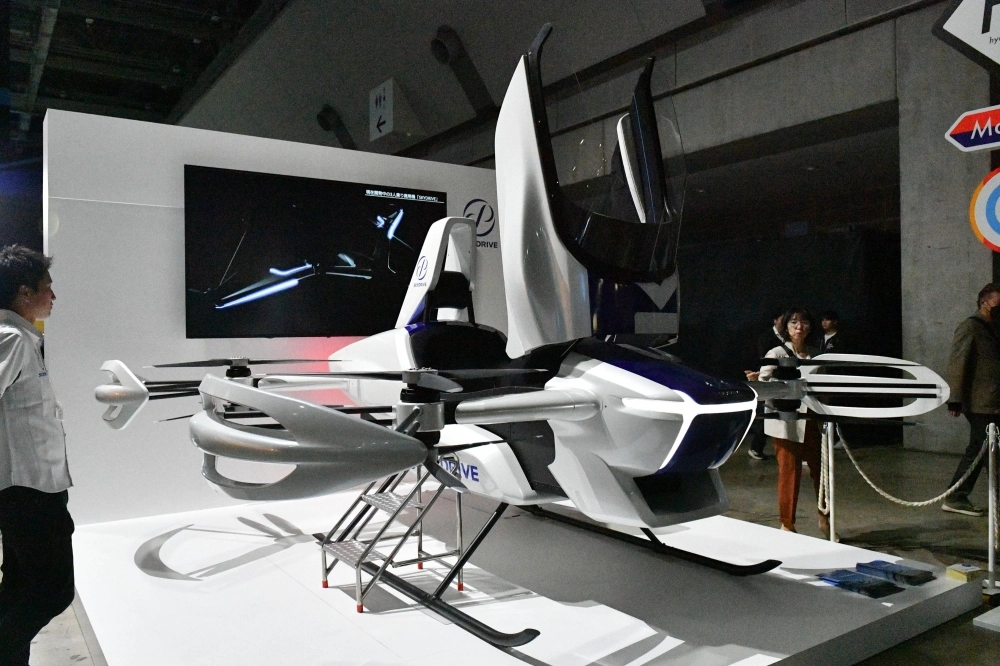Japan’s biggest auto trade show is set to return on Thursday for the first time in four years after the biennial event was halted in 2021 due to the pandemic, but a lot has changed since 2019.
This year, the organizer renamed the event for the first time since 1964, with the Japan Mobility Show replacing the Tokyo Motor Show.
The Tokyo Motor Show was long a popular event among car enthusiasts in Japan, and it had also earned its position as one of the five major auto shows around the world along with those in Frankfurt, Geneva, Detroit and Paris.


















With your current subscription plan you can comment on stories. However, before writing your first comment, please create a display name in the Profile section of your subscriber account page.